Welcome to the farm into the Montessori environment! Creating meaningful, child-led learning experiences doesn’t have to be complicated. A Montessori farm sensory bin is a perfect example. It’s simple to assemble, rooted in purposeful work, and designed to invite deep exploration.
This blog post brings a fresh Montessori perspective on how you can incorporate practical places and things like the farm using some everyday materials with an emphasis on independence, tactile discovery, and real-world connections.
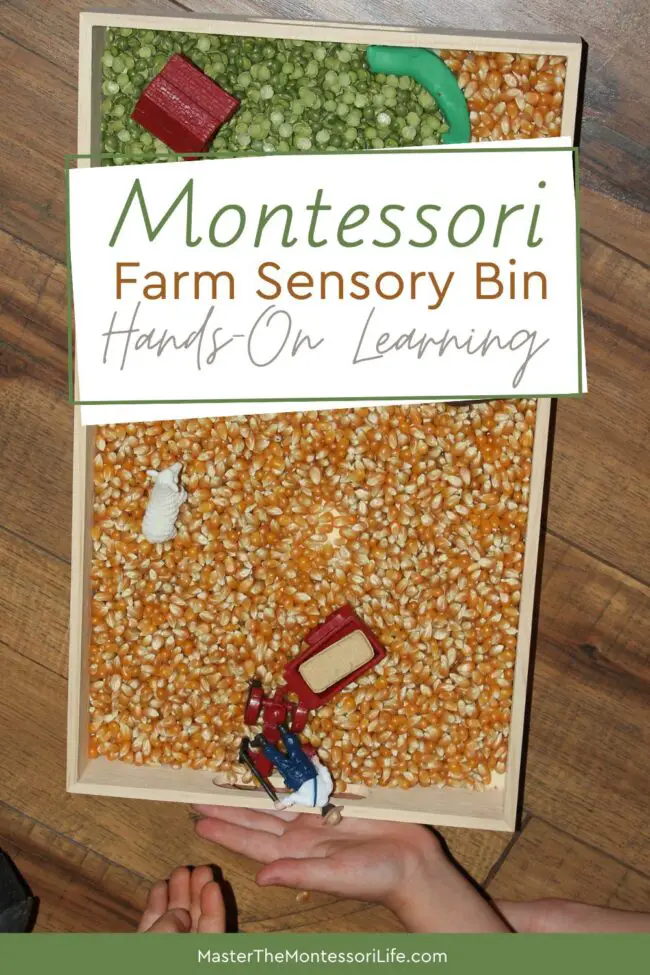
Benefits of Sensory Bins in Montessori Learning
Sensory bins are far more than a fun toddler and early childhood activity. They serve a real developmental purpose. In Montessori education, Sensorial work is foundational because it helps children classify, refine, and organize information gathered through their senses.
A farm-themed sensory bin:
- Practical Life: Encourages fine motor development through scooping, pouring, pinching, and sorting
- Montessori foundation: Strengthens concentration by inviting quiet, focused, hands-on exploration
- Language Arts: Builds early vocabulary as children interact with realistic farm animals and materials
- Supports Practical Life skills such as responsibility, care of the environment, and purposeful play
- Another Montessori essential: Provides an open-ended learning experience where children can create their own stories and scenarios
This kind of tactile learning helps children construct knowledge naturally—through real engagement rather than passive observation.

Set Up a Montessori Farm Sensory Bin
Setting up a Montessori-aligned sensory bin is incredibly simple, especially when you focus on natural, purposeful materials. Choose a shallow wooden tray or bin that allows children to reach and explore easily. Then gather sensory fillers and objects that reflect real-life farm elements.
Consider:
- A base such as dried corn, wheat berries, sand, lentils, or soil
- Realistic farm animal figurines (horses, cows, pigs, chickens, sheep)
- Small wooden or metal tools for scooping and transferring
- Natural elements like smooth stones, sticks, hay, or dried herbs
- Optional: miniature fence pieces, a small barn, or tractor figures
Safari Ltd. Country Farm TOOB – Figurines of Cow, Farmer, German Shepherd, Shire Horse, Rooster, Trailer, Tractor, Pig, Hay Bale, Ewe, Barn – Educational Toy Figures For Boys, Girls & Kids Ages 3+ Acacia Wood Serving Tray with Handles (17 Inches) – Decorative Serving Trays Platter for Breakfast in Bed, Lunch, Dinner, Appetizers, Patio, Ottoman, Coffee Table, BBQ, Party –Great for Lap &Couch
Acacia Wood Serving Tray with Handles (17 Inches) – Decorative Serving Trays Platter for Breakfast in Bed, Lunch, Dinner, Appetizers, Patio, Ottoman, Coffee Table, BBQ, Party –Great for Lap &Couch Cra-Z-Art Modeling Clay, 17.5 oz, 24 Count (10901)
Cra-Z-Art Modeling Clay, 17.5 oz, 24 Count (10901) Goya Dry Green Split Peas, 14 oz
Goya Dry Green Split Peas, 14 oz Orville Redenbacher’s Popcorn Kernels, White Corn, 4g Fiber Per Serving, Movie Night Supplies, 30 oz.
Orville Redenbacher’s Popcorn Kernels, White Corn, 4g Fiber Per Serving, Movie Night Supplies, 30 oz. Wooden Montessori Animal Puzzles for Toddlers 2+ Years | Realistic Chunky Farm Animal Shape Puzzle | Educational Learning Toy – Three-Piece Farm Animal Puzzles
Wooden Montessori Animal Puzzles for Toddlers 2+ Years | Realistic Chunky Farm Animal Shape Puzzle | Educational Learning Toy – Three-Piece Farm Animal Puzzles
Arrange the materials in an inviting, orderly way. Keep the choices limited to avoid overstimulation. In Montessori environments, beauty and simplicity matter—so use a clean layout, natural colors, and durable materials whenever possible.

Use the Montessori Farm Sensory Bin
Introduce the sensory bin with a simple, calm presentation. Show your child how to retrieve it from the shelf or table to put on a mat on the floor. Then, show them how to move their hands through the filler, scoop carefully, and explore each object. Allow plenty of space for repetition.
You might invite activities such as:
- Matching and sorting animals by size, color, name or type
- Practical life tasks like pouring filler from one container to another
- Creating a small farm scene and narrating what happens on a farm
- Counting animals, making tracks in the filler, or grouping similar items
- Exploring textures, sounds, and cause-and-effect (What happens when we pour? What sound do the kernels make?)
Most importantly, step back and observe. Let your child take the lead, repeat actions as long as needed, and discover new ways to interact with the materials. This autonomy is at the heart of Montessori learning.
Try it Today!
A Montessori farm sensory bin is a powerful tool for hands-on learning, open-ended play, and meaningful sensorial exploration. By using natural materials and realistic elements, you create an activity that supports concentration, creativity, and real-world understanding.
There are so many option to work with! Once you get started, the ideas will come flooding in. Whether you use it at home or in a Montessori classroom, this simple setup offers endless opportunities for purposeful discovery.
You might also enjoy these relevant topics:
- Montessori Farm Sensory Bin: Hands-On Learning
 A Montessori farm sensory bin is simple to assemble, rooted in purposeful work, and designed to invite deep exploration.
A Montessori farm sensory bin is simple to assemble, rooted in purposeful work, and designed to invite deep exploration. - Tips to incorporate Fall into your Montessori environment
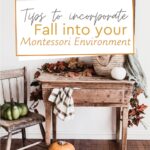 Come and find out how you can highlight and celebrate Fall in your Montessori environment without stressing out about it.
Come and find out how you can highlight and celebrate Fall in your Montessori environment without stressing out about it. - Hands-On Fun: 3 Montessori Practical Life Activities for Fall
 These simple Montessori Practical Life activities for Fall are easy to do anytime you have the materials ready.
These simple Montessori Practical Life activities for Fall are easy to do anytime you have the materials ready. - Embracing Autumn: A Montessori Guide to Fall Fun
 Spread the loveThe arrival of autumn brings a special kind of magic. The air turns crisp and leaves paint the…
Spread the loveThe arrival of autumn brings a special kind of magic. The air turns crisp and leaves paint the… - Montessori Toddler Essentials
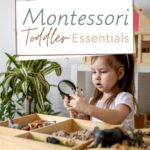 The Montessori method offers a pathway with a series of Montessori toddler essentials that you will find helpful.
The Montessori method offers a pathway with a series of Montessori toddler essentials that you will find helpful. - Motor Skills for Hands the Montessori Way
 The Montessori Method puts a special focus on developing motor skills for hands, recognizing how essential they are for independence, confidence, and curiosity.
The Montessori Method puts a special focus on developing motor skills for hands, recognizing how essential they are for independence, confidence, and curiosity.





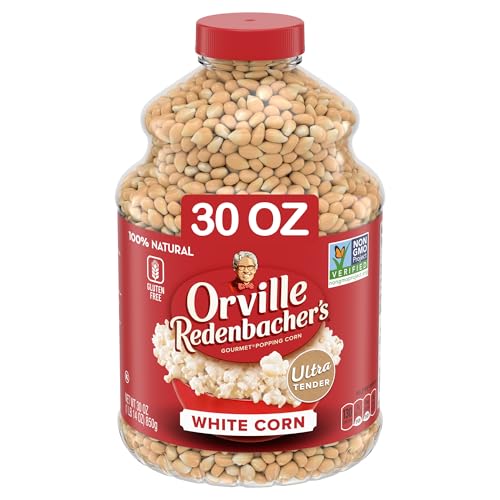


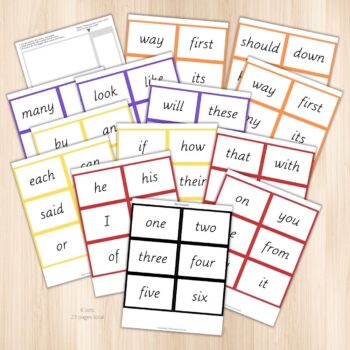
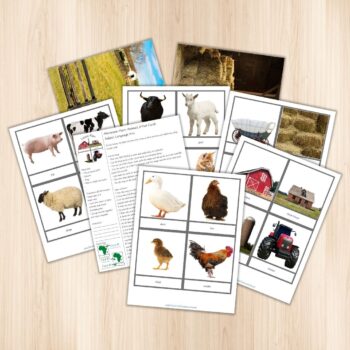
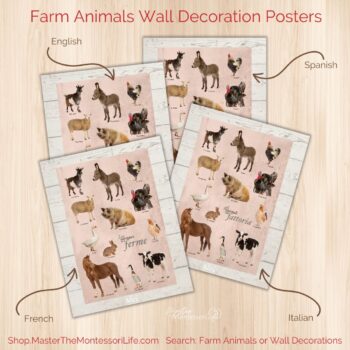
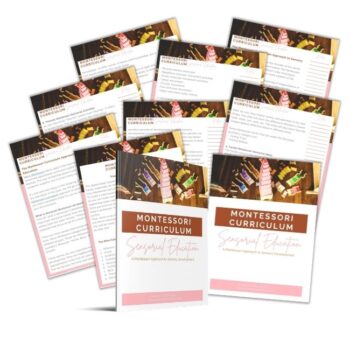
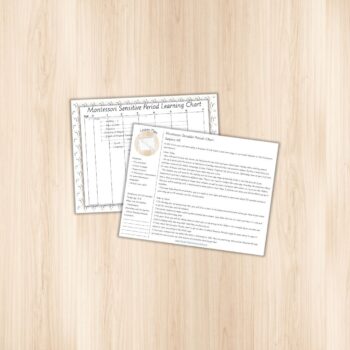
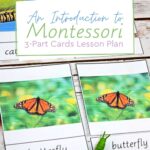

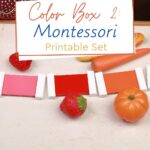
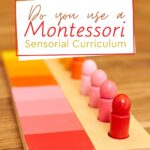
Leave a Reply